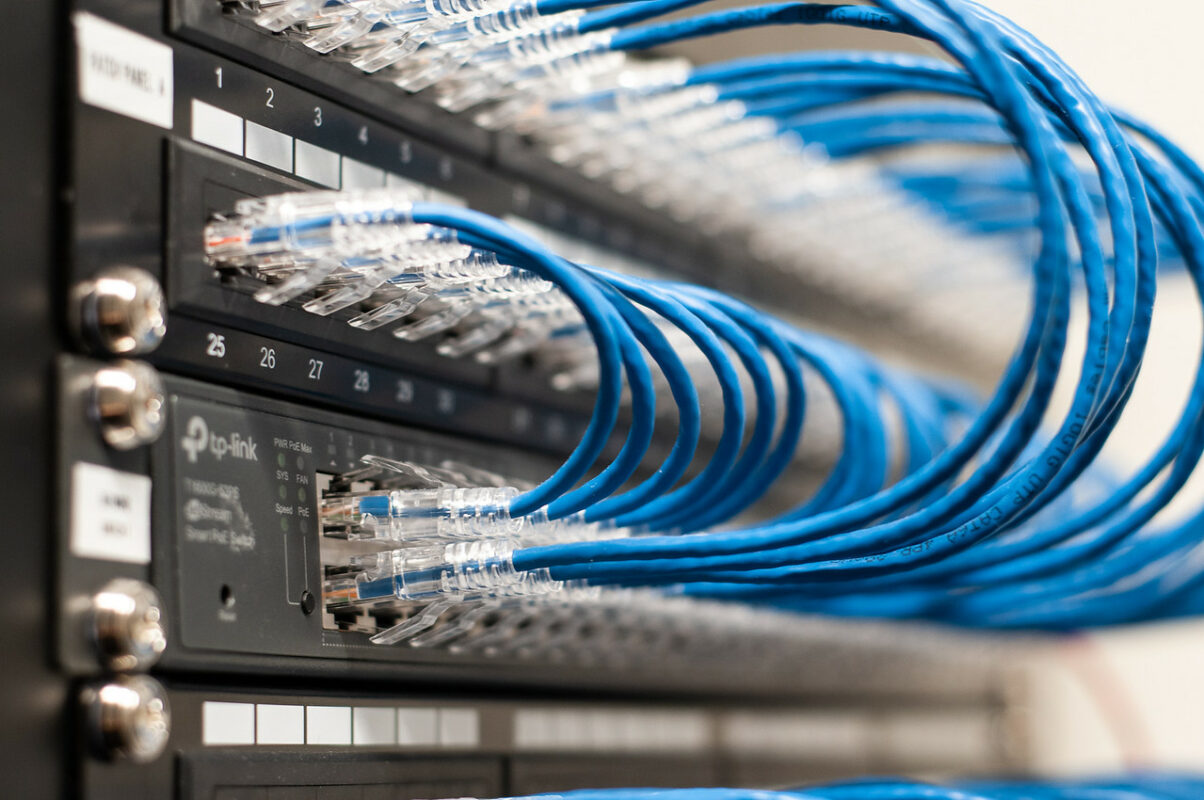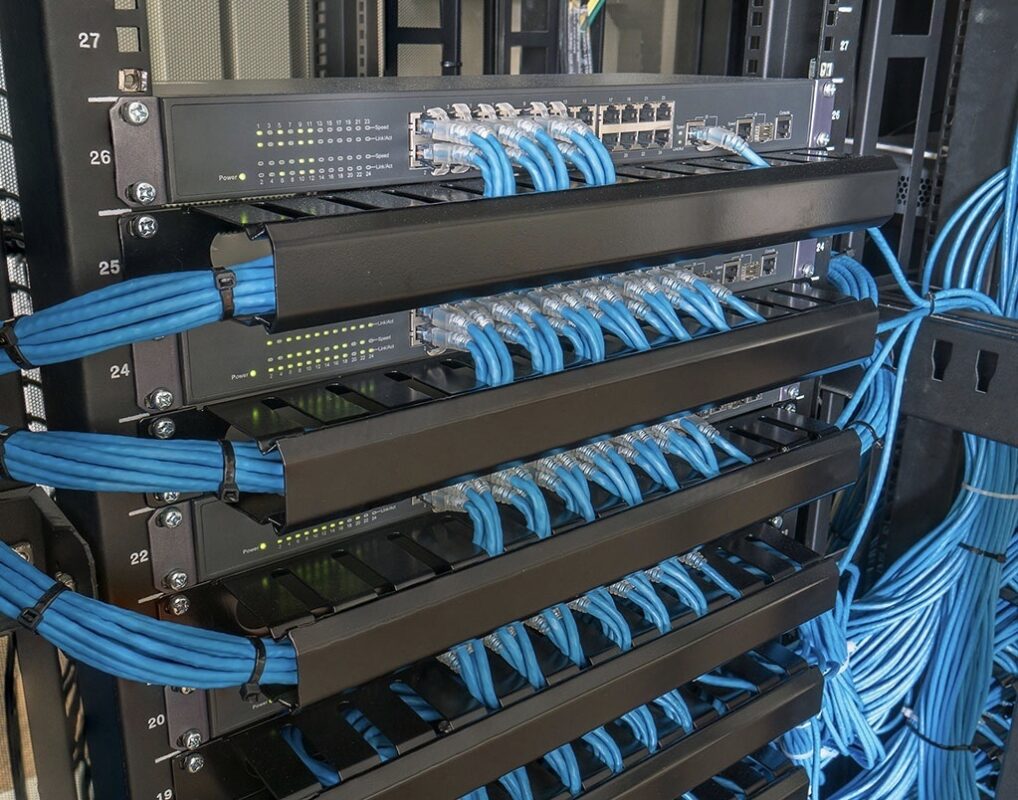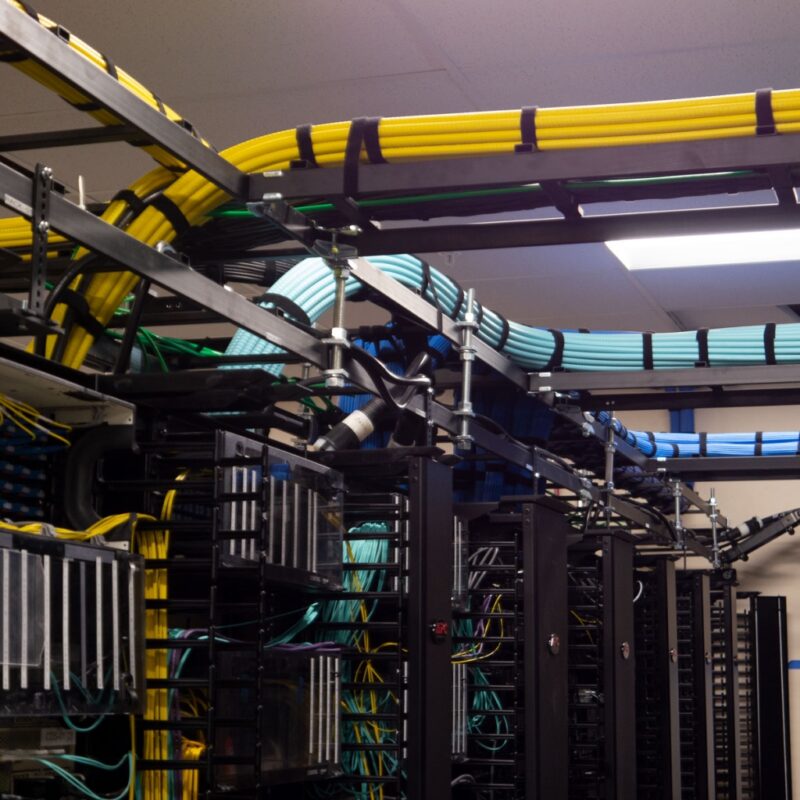Structured cabling, what are its real advantages?
Structured cabling is a way to install a telecommunications system in homes or businesses. It is a cabling with low current and voltage that aims to integrate various applications, causing all types of connections to be interconnected using just one outlet.
Structured cabling is already common in shopping centers and large offices, and you can use it in your home. This type of cabling eliminates the appearance of having a lot of wires and cables and adds multiple applications in one connection.
How does structured cabling work?
The idea of having structured cabling focuses on organizing and standardizing a network of cables and transmission media, with network points in all necessary locations. Cables are located at a central point where switches and other network equipment are located. It is also possible to leave activated, points that do not necessarily need to be activated.
The main objective of this work is to install the structured cabling just once, without having to make changes when you need to add a new network point.
The structured cabling system can be very simple for home implementations and also complex systems for large shopping centers, universities, companies, among others. The biggest difference between them is in the scale that the systems must be designed.
In large-scale systems, structured cabling is implemented in several layers. In home implementations, it is common to use horizontal cabling. (here it is interesting to make an article talking only about the difference between them and put the link)
Why use cables when wireless technology is already common?
In the current moment in which we live where cordless phones, computers with wi-fi and all wireless technology, it is very common for some people to question the need and advantage of using cables.
But with a well-installed and configured structured cabling system , you have a highly viable and cost-effective system, in addition to avoiding loss of quality or interference in devices that use the network, such as computers, television, printers, among others. others.
Advantages of structured cabling system
>> Technical documentation that allows a new implementation or change to be carried out by a professional who has not worked on the initial implementation;
>> Ease of maintenance of a work area;
>> Ease of replacing a network asset if necessary, due to cable ordering;
>> Allow flexibility in layout change through standardized connection interface;
>> Support for various communication standards through standardized physical media;
>> Adherence to national and international standards;
>> Easy location of a cable in the system due to channel-wide identification;
>> Have open architecture (connectivity between products from different manufacturers).
5 reasons to have a structured cabling system in your company
>> It is more resistant than common cabling: Structured cabling has a longer life cycle than other types of cabling, providing a great cost benefit, as it does not need to change the cable network frequently.
>> Easy cable location for repairs: If there is a problem with the structured cabling system , it is very easy to find the cable due to the identification throughout the channel, making it easy to solve the problem.
>> Greater company productivity: When the company uses the structured cabling system , there are no signal interruptions, so any action carried out in the company through the cabling (such as sending e-mails or making copies) will be agile, thus increasing the productivity of the company. company and profits.
>> Allows transmission of different data: Structured cabling allows transmission of different sources such as multimedia (ambient sound or video), voice (telephony), through the same cable, being more economical and practical to assemble the structure of your company.
>> Security in data transmission: Data transmission with the structured cabling system is much more secure, making it difficult to forge documents and access confidential files. Currently it is essential to have security in your documents.
Using structured cabling is a great long-term strategic solution and a cost-effective measure for companies, minimizing costs and ensuring optimal communication and optimizing system monitoring.












